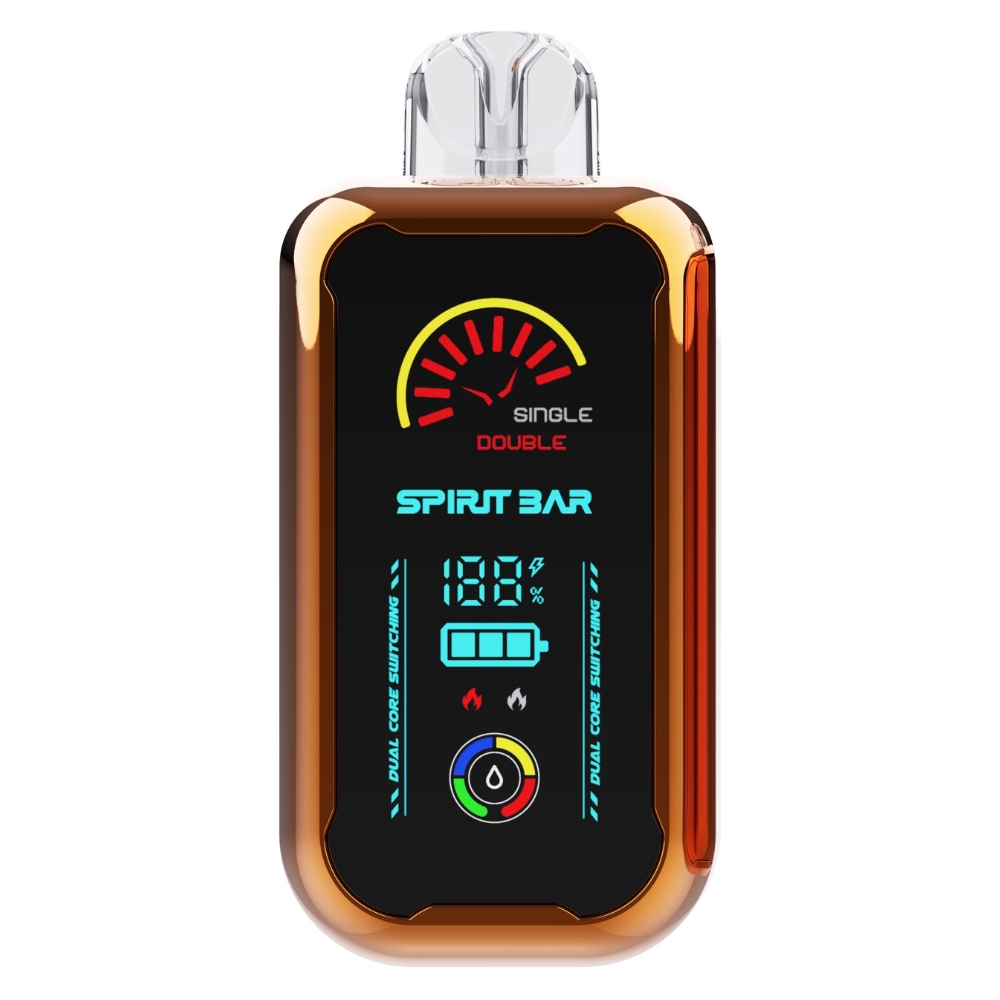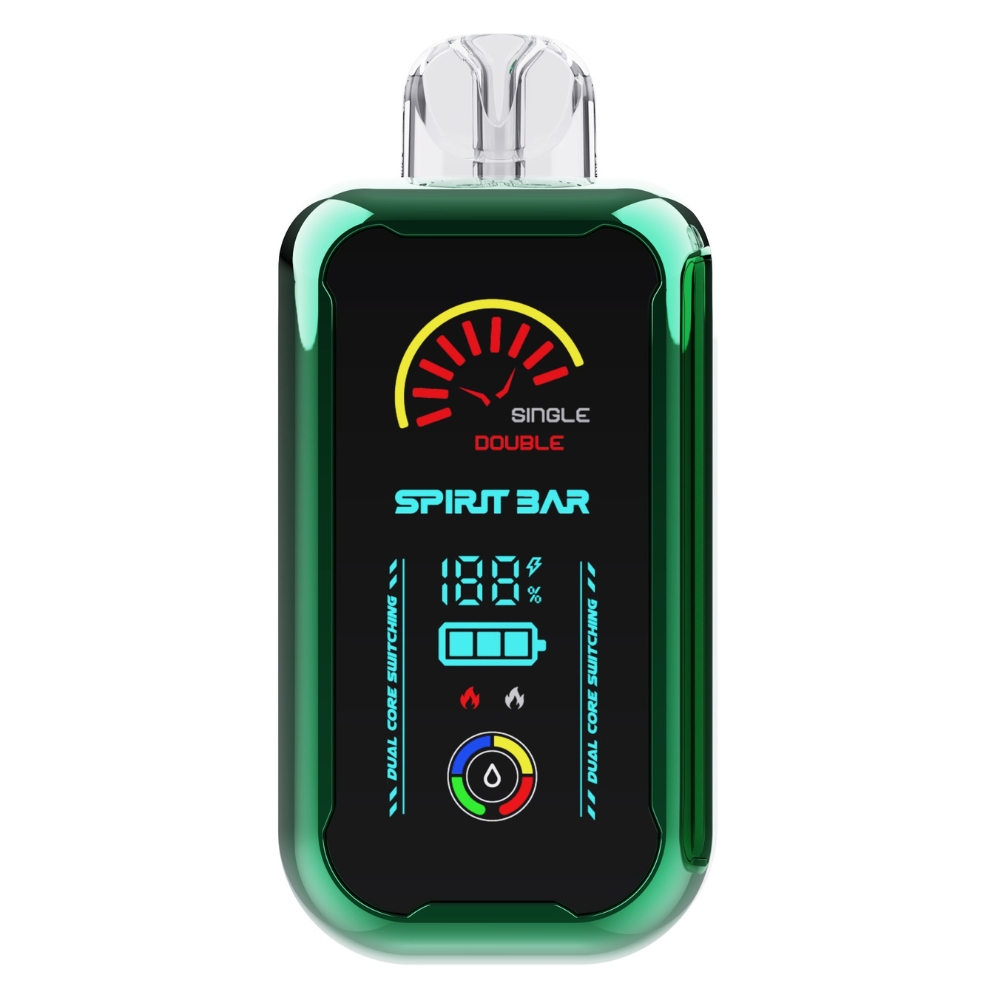How to Detect Indoor Vaping: Tips and Tricks
Are you concerned about indoor vaping in your home or workplace? With the rise in popularity of e-cigarettes and vaping devices, it’s important to understand how to detect if someone is vaping indoors. Vaping detectors are becoming increasingly common in public places like schools and office buildings to prevent people from vaping indoors. These detectors can detect unacceptable noise levels, carbon monoxide, and various harmful substances that can lower air quality or pose a danger to people in these spaces.
Traditional smoke detectors do not detect emissions from vaping devices, which has created a slew of new problems for operations professionals, building managers, school staff, and employers. So how can you tell if someone is vaping indoors? There are a few signs to look out for. For example, you may notice a sweet or fruity smell that is different from traditional cigarette smoke. Additionally, you may see vapor clouds or residue on surfaces like windows or mirrors.
If you suspect someone is vaping indoors, it’s important to address the issue in a respectful and compassionate manner. Talking to your child or employee about the dangers of vaping and the importance of following indoor vaping bans can help prevent future incidents. Additionally, investing in a vaping detector for your home or workplace can help ensure the safety and well-being of those around you.
Understanding Vaping and Its Implications
https://www.youtube.com/watch?v=0zJCyzLpfMg&embed=true
If you suspect that someone is vaping indoors, it is important to understand what vaping is and its implications. Vaping is the act of inhaling and exhaling the aerosol, or vapor, produced by an electronic cigarette or similar device. While vaping is often marketed as a safer alternative to smoking, it still carries risks and can have negative health implications.
One of the biggest concerns with indoor vaping is the potential for secondhand exposure to harmful chemicals. The aerosol produced by e-cigarettes contains a variety of chemicals, including nicotine, heavy metals, and ultrafine particles that can be inhaled by bystanders. According to Johns Hopkins Medicine, secondhand exposure to e-cigarette aerosol can lead to respiratory irritation, decreased lung function, and other health problems.
Another concern with indoor vaping is the potential for damage to property. E-cigarette aerosol can leave a residue on surfaces, which can be difficult to clean and may cause damage over time. Additionally, the heat generated by e-cigarettes can pose a fire risk, especially if the device is left unattended or used improperly.
If you suspect that someone is vaping indoors, it is important to address the situation in a respectful and non-confrontational manner. You may want to explain your concerns and the potential health and safety risks associated with indoor vaping. Additionally, you may want to consider establishing clear rules and guidelines regarding vaping in your home or workplace to help prevent future incidents.
Indoor Vaping: An Overview
https://www.youtube.com/watch?v=Pa0fP1h23mI&embed=true
If you’re concerned about indoor vaping, you’re not alone. With the rise of e-cigarettes and vaping, many people are wondering how to detect and prevent indoor vaping. Vaping indoors can have negative effects on air quality, and in some cases, it may even be against the law. In this article, we’ll take a closer look at how to detect indoor vaping and what you can do to prevent it.
One of the most effective ways to detect indoor vaping is to use a vape detector. These devices are designed to detect the chemicals that are present in e-cigarette vapor. They can also detect noise levels and other harmful substances that can lower air quality or pose a danger to people in schools and workplaces. However, it’s important to note that not all vape detectors are created equal. Some are more effective than others, and some may not be able to detect certain types of e-cigarettes or vaping devices.
Another way to detect indoor vaping is to look for signs of vaping. For example, you may notice a sweet smell or a cloud of vapor in the air. You may also see e-cigarette cartridges or vaping devices lying around. If you suspect that someone is vaping indoors, it’s important to address the issue right away. Not only can indoor vaping have negative effects on air quality, but it may also be against the law in certain settings.
Preventing indoor vaping starts with education. Make sure that everyone in your home or workplace understands the dangers of indoor vaping and the importance of maintaining good air quality. You can also set clear rules and guidelines regarding vaping, and make sure that everyone knows what is expected of them. In addition, you may want to consider using air purifiers or other devices to improve air quality and reduce the risk of indoor vaping.
In summary, detecting and preventing indoor vaping requires a combination of education, awareness, and the right tools. By taking steps to detect and prevent indoor vaping, you can help to maintain good air quality and protect the health and wellbeing of those around you.
Methods of Detecting Indoor Vaping
If you suspect that there is vaping happening indoors, there are several methods that you can use to detect it. In this section, we will cover three common methods of detecting indoor vaping: visual inspection, smell detection, and air quality monitoring.
Visual Inspection
The most straightforward method of detecting indoor vaping is through visual inspection. Look for signs of vaping such as clouds of vapor or smoke, lingering smells, and discarded vaping devices. Pay attention to areas where vaping is prohibited, such as schools, workplaces, and public spaces.
Smell Detection
Another method of detecting indoor vaping is through smell detection. Vaping devices emit a distinct smell that is different from cigarette smoke. If you smell a sweet or fruity scent, it could be a sign that someone is vaping nearby. However, keep in mind that some vaping devices are designed to produce little to no odor, so this method may not always be effective.
Air Quality Monitoring
Air quality monitoring is a more advanced method of detecting indoor vaping. Vape detectors use sensors to detect the presence of chemicals such as nicotine, propylene glycol, and vegetable glycerin that are released when vaping occurs. These sensors can be installed in schools, workplaces, and other public spaces to monitor and enforce policies on smoking and vaping.
Keep in mind that no single method of detecting indoor vaping is foolproof. A combination of methods may be necessary to accurately detect vaping. If you suspect that someone is vaping indoors, it’s important to address the situation promptly and follow the appropriate protocols.
Advanced Vaping Detection Technologies
Vape Detectors
Vape detectors are devices that are designed to detect the presence of e-cigarette vapor in the air. They are used in schools, offices, and other indoor environments to enforce vaping bans and maintain air quality. These detectors work by detecting the chemicals and particles that are released when e-cigarettes are used. Some vape detectors can even detect noise levels and carbon monoxide, making them useful tools for maintaining a safe and healthy indoor environment.
There are several types of vape detectors available on the market, including:
-
Ion Mobility Spectrometry (IMS) Detectors: These detectors use an electric field to separate and detect the ions produced by e-cigarette vapor. IMS detectors are highly accurate and can detect even trace amounts of vapor.
-
Photoionization Detectors (PID): These detectors use ultraviolet light to ionize the chemicals in e-cigarette vapor and detect them. PID detectors are highly sensitive and can detect even low levels of vapor.
-
Metal Oxide Semiconductor (MOS) Detectors: These detectors use a metal oxide sensor to detect the chemicals in e-cigarette vapor. MOS detectors are highly sensitive and can detect even trace amounts of vapor.
Artificial Intelligence and Machine Learning
Artificial intelligence and machine learning are also being used to detect indoor vaping. These technologies can analyze data from sensors and cameras to detect the presence of e-cigarette vapor. They can also analyze patterns of behavior to identify where and when vaping is most likely to occur.
One example of this technology is the Vape Detection System developed by Soter Technologies. This system uses sensors and cameras to detect e-cigarette vapor and alert staff when vaping is detected. The system also uses machine learning to analyze patterns of behavior and identify areas where vaping is most likely to occur.
Overall, advanced vaping detection technologies are becoming increasingly important for maintaining a safe and healthy indoor environment. Whether you choose to use vape detectors or artificial intelligence and machine learning, these technologies can help you enforce vaping bans and maintain air quality in your indoor environment.
Legal and Ethical Considerations in Vaping Detection
When it comes to detecting indoor vaping, there are several legal and ethical considerations that you should keep in mind. Here are some of the most important ones:
Legal Considerations
Privacy
One of the biggest legal concerns with vaping detection is privacy. While it may be legal to install vape detectors in certain areas, such as schools or government buildings, it is important to ensure that people’s privacy rights are not being violated. For example, if you install vape detectors in a private residence without the owner’s consent, you could be breaking the law.
Discrimination
Another legal concern is discrimination. It is important to ensure that your vaping detection policies do not discriminate against certain groups of people. For example, if you only install vape detectors in low-income areas or areas with high minority populations, you could be accused of discrimination.
False Positives
Finally, false positives are a potential legal concern. If your vape detectors are not accurate and are triggering false alarms, you could be liable for any damages that result from those false alarms.
Ethical Considerations
Consent
One of the biggest ethical concerns with vaping detection is consent. It is important to ensure that people are aware that vaping detectors are being used and that they have given their consent to be monitored. For example, if you install vape detectors in a workplace without informing employees, you could be violating their privacy rights.
Stigmatization
Another ethical concern is stigmatization. If you are too aggressive in your vaping detection policies, you could stigmatize people who vape and make them feel like they are doing something wrong. It is important to strike a balance between enforcing rules and respecting people’s choices.
Education
Finally, education is an important ethical consideration. Rather than simply detecting vaping and punishing people who do it, it is important to educate people about the risks of vaping and help them make informed choices about their health. By taking a proactive approach to education, you can help people make healthier choices and reduce the need for vaping detection policies.
In summary, when it comes to detecting indoor vaping, it is important to consider both the legal and ethical implications of your policies. By taking a balanced approach that respects people’s privacy and choices, you can create policies that are effective, fair, and ethical.
Preventive Measures Against Indoor Vaping
If you are concerned about indoor vaping, there are several preventive measures you can take to detect and stop it. Here are some tips to help you prevent indoor vaping:
-
Install Vape Detectors: One of the most effective ways to detect indoor vaping is to install vape detectors. These devices can detect the presence of harmful chemicals in the air and alert you when someone is vaping indoors. Vape detectors are easy to install and can be an effective tool in enforcing indoor vaping bans.
-
Educate People: Another way to prevent indoor vaping is to educate people about the dangers of vaping and the importance of following indoor vaping bans. You can provide information about the harmful effects of vaping and encourage people to support indoor vaping bans.
-
Enforce Rules: It is important to enforce indoor vaping bans and make sure that people are following the rules. You can have signs posted in visible areas to remind people about the ban and take action against those who violate the rules.
-
Improve Air Quality: Vaping can lower air quality and pose a danger to people in indoor spaces. You can improve air quality by increasing ventilation, using air purifiers, and reducing the use of harmful chemicals in cleaning products.
-
Encourage Alternatives: Finally, you can encourage people to use alternatives to vaping, such as nicotine gum or patches, to help them quit smoking. You can also provide resources and support for those who want to quit smoking and vaping.
By taking these preventive measures, you can help detect and prevent indoor vaping and create a safer and healthier environment for everyone.


